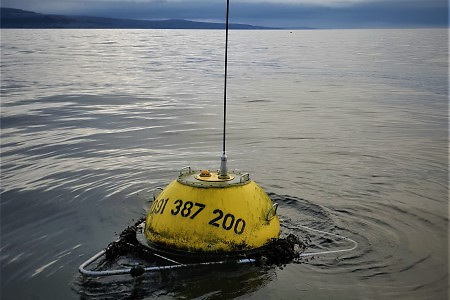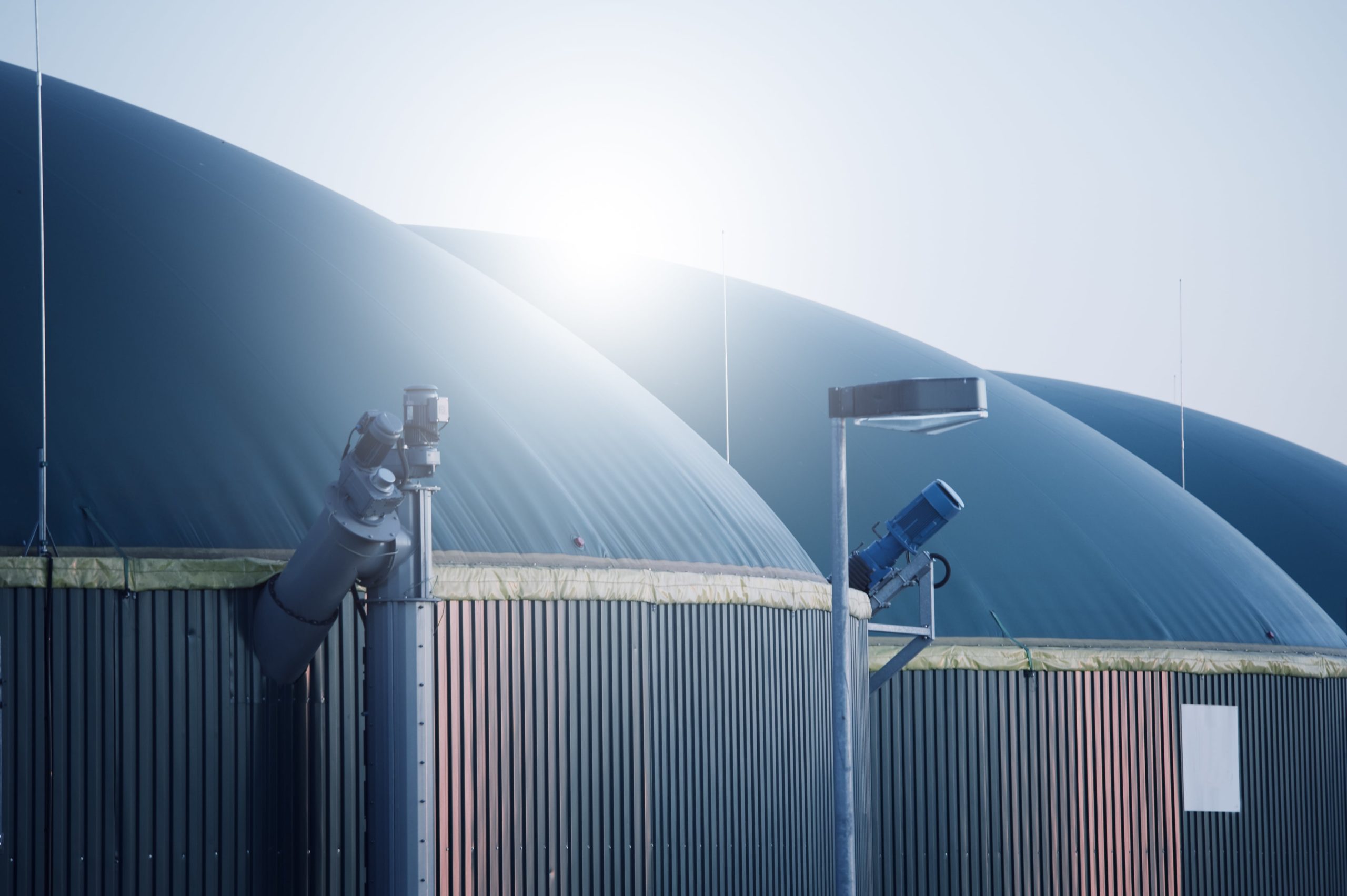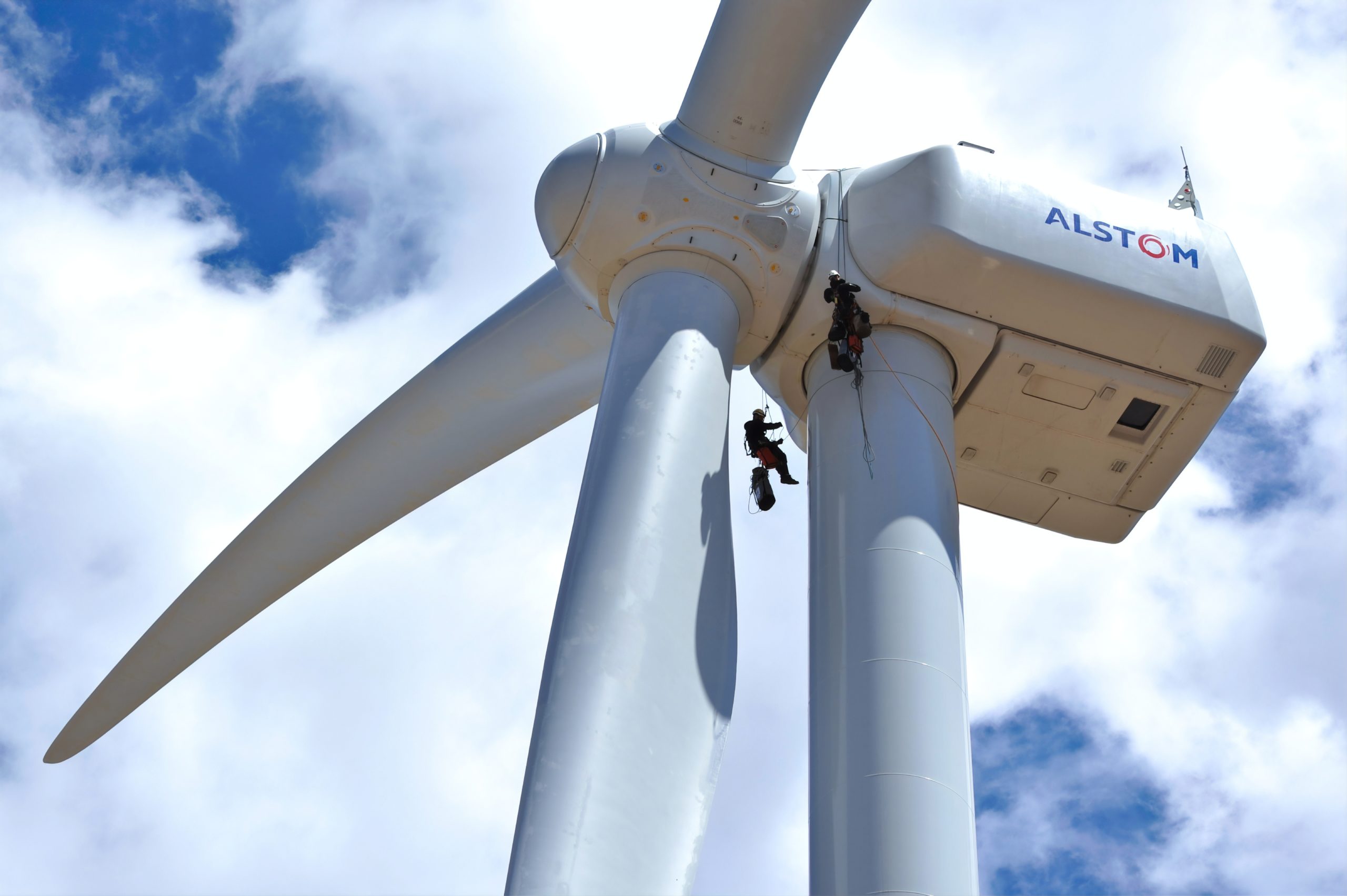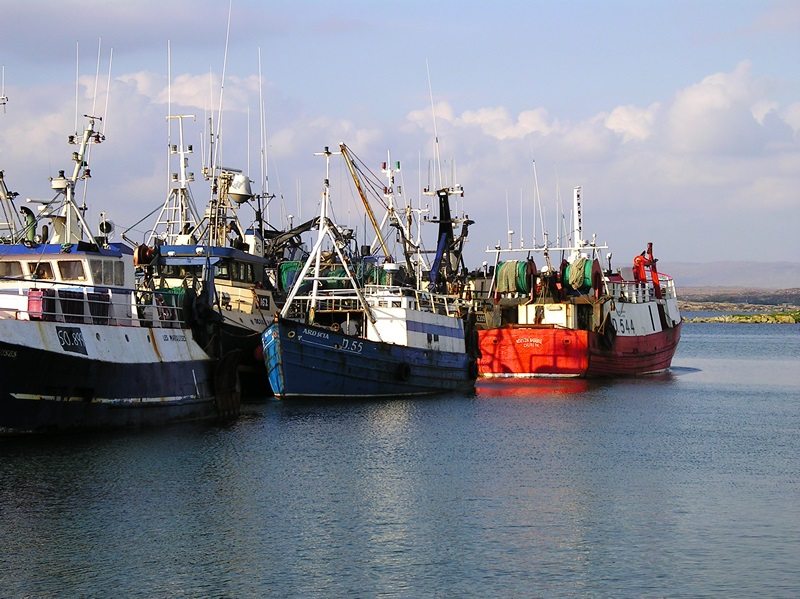
MaREI’s Ten Most Significant Publications 2019-2021

An Energy-Maximising Linear Time-Invariant Controller (LiTe-Con) for Wave Energy Devices
This paper develops a new methodology for energy-maximising control of wave energy converters. It combines computation simplicity with broadband capability, covering devices operating in real irregular waves. Optimisation of the system frequency response is achieved right across the wave spectrum whereas, previously, complex conjugate controllers could only achieve optimal behaviour at a single characteristic frequency. Crucially, the method also acknowledges real power takeoff constraints, retaining safe behaviour across all operating conditions.
Authors: Garcia-Violini*, D., Pena-Sanchez, Y.*, Faedo, N.* and Ringwood, J.V.*
Journal: IEEE Transactions on Sust. Energy, Vol.11, No.4, 2020 [Impact Factor: 7.44]

A Copper Silicide Nanofoam Current Collector for Directly Grown Si Nanowire Networks and their Application as Lithium-Ion Anodes
This paper addresses a route to dramatically increase the areal loading of silicon
nanowires in Lithium-ion batteries by forming a porous current collector of copper
silicide and using this as a substrate for wire growth. As silicon has capacities ten times that of graphite, integration of silicon into lithium-ion cells will dramatically improve performance. The low areal loading of nanowires, which was previously a significant bottle-neck, is addressed through this work.
Authors: Aminu, I.S., Geaney, H., Imtiaz, S.….Collins, G.A., Ryan, K.M*
Journal: Advanced Functional Materials (2020) [Impact Factor: 16.84]

Improving Gaseous Biofuel Yield from Seaweed through a Cascading Circular Bioenergy System Integrating Anaerobic Digestion and Pyrolysis
This paper presents an integrated narrative on seaweed biofuel and direct
interspecies electron transfer for the first time, proposing a cascading circular
bioenergy system. The feasibility of the proposed system was demonstrated by
integrating a seaweed-based AD and a residue-based pyrolysis system. This showed
that biochar achieved comparable performances to high-cost graphene in enhancing biomethane production from seaweed. Optimal biochar increased biomethane yield by 17% and peak production rate by 29% with common kelp, and biomethane yield increased by 16% with sugar kelp. Analysis indicated that optimal process integration could facilitate combustion of syngas and surplus biochar to fulfil heat demand for the system, increase biomethane yield by 17%, bio-oil yield by 10%, and reduce the mass flow of digestate by 26%, thereby reducing agricultural land-take for application.
Authors: Deng, C.*, Lin, R.*, Kang, X.*, Wu, B.*, O’Shea, R.*, Murphy, J.D.*
Journal: Renewable and Sustainable Energy Reviews [Impact Factor: 12.11]

Public Acceptance of Renewable Electricity Generation and Transmission Network Developments: Insights from Ireland
This paper analyses the effects of attitudes towards onshore wind power and
overhead transmission lines on development of electricity generation mixes under a
high RE policy. A power-systems planning model is used, combined with a novel
modelling constraint on public acceptance. Least-cost solutions increase by as much as 33% compared to a base case where public acceptance of energy infrastructure is excluded. In the most extreme public acceptance scenario, the greatest share of additional costs (>80%) is related to lost load, while additional investment and operational costs associated with public acceptance constraints for new energy infrastructure are between 5–6% of base case costs. The results highlight the challenge for power systems relative to public preference for new infrastructure.
Authors: M.T. Koecklin, G. Longoria, D.Z. Fitiwi, J.F. DeCarolis, J. Curtis*
Journal: Energy Policy, Volume 151 (2021) [Impact Factor: 5.04]

Strengthening the EU Response to Energy Poverty
The extent of energy poverty in the EU is described, demonstrating how policymakers can strengthen their response. It reveals that energy poverty was not recognized in legislation until 2009, and that responses have been inadequate and fragmented. It proposes four key actions: firstly prescriptive measures, encompassing financial support, disconnection safeguards, consumer engagement, and efficiency; secondly, an energy poverty definition to develop a common basis for action; thirdly, gathering of additional data, including detail on building stock related income and energy consumption and higher resolution on affordability; finally, strategic coordination across social, consumer and energy policy, given its multidimensional nature.
Authors: Audrey Dobbins, Francesco Fuso Nerini, Paul Deane*, Steve Pye*
Journal: Nature Energy Volume 4, Pages 2–5 (2019) [Impact Factor: 54.0]
A generalisable bottom-up methodology for deriving a residential stock model from large empirical databases”
Reference dwellings representing a predominant housing typology are defined in this work. The use of inappropriate default-values for the building envelope thermal
transmittance coefficients (U-values) and standardised thermal bridging
transmittance coefficients (Y-values) in the production of Energy Performance
Certificates (EPCs) leads to an over-estimation of energy savings in existing dwellings. A methodology is presented for simplified default-free inputs to a bottom-up residential cost-optimality energy consumption model from an EPC dataset. Use of reference dwellings enables quantification of (i) energy saving potential of a predominant housing typology, (ii) effect of default U-value and standardised Y-value use on the prebound effect (iii) overall national building energy consumption.
Authors: Ciara Ahern*, Brian Norton*
Journal: Energy and Buildings, Volume 215, 2020 [Impact Factor: 4.87]
Wintertime Aerosol Dominated by Solid-Fuel-Burning Emissions across Ireland:
Insight into the Spatial and Chemical Variation in Submicron Aerosol
To gain insight into the spatial and chemical variation in submicron aerosol, a
nationwide characterization of wintertime PM1 was performed using an aerosol
chemical speciation monitor (ACSM) and aethalometer at four sites. This source
apportionment study highlights the large contribution of residential solid fuel burning to urban air pollution and identifies sources for air quality improvements. It also shows that rural and coastal areas are dominated by secondary aerosol from regional transport, which is difficult to tackle. Detailed characterization of spatial and chemical variations in submicron aerosol in this region has significant implications for air quality policies and mitigation, as well as for regional-transport aerosol modelling
Authors: Lin, C., Ceburnis, D., Huang, R., Xu, W., Spohn, T., Martin, D., Buckley, P., Wenger, J., Hellebust, S., Rinaldi, M., Facchini, M., O’Dowd, C.*, and Ovadnevaite, J.*
Journal: Atmospheric Chemistry and Physics, 19, 14091-14106 [Impact Factor: 5.7]

A return to the tragedy of the commons? Brexit trade-offs and spatial analysis, an Irish perspective
Fisheries have been prominent and emotive in the debate over Brexit. Consequently, reliable and impartial information are hard to obtain. We examined the spatial distribution of fishing for two of the most lucrative fisheries in the waters around Ireland, those for Dublin Bay Prawn (Nephrops norvegicus) in the Irish Sea and Mackerel (Scomber scombrus) off the west coast of Ireland to understand flows of benefits from Irish waters to the UK, and vice versa. Considerable flows exist in both directions, but overall net flows of benefits for these fisheries was between €1.2m- €1.8m. Whilst these may be locally significant, they make up a tiny fraction of overall food and drink exports from Ireland to the UK (€4.4bn). We argue that continued transboundary management is essential for protecting these vital resources.
Authors: O’Higgins, T.* and O’Hagan, A.M.*
Journal: Marine Policy, 106 [Impact Factor: 2.9]

Large Nearshore Storm Waves off the Irish Coast
This paper presents a statistical analysis of nearshore waves observed during two
major North–East Atlantic storms in 2015 and 2017. Surface elevations were
measured with a 5-beam acoustic Doppler current profiler (ADCP) at relatively
shallow waters off the west coast of Ireland. To compensate for the significant
variability of both sea states in time, we consider a novel approach for non-stationary surface-elevation series and compare distributions of crest and wave heights observed with theoretical predictions. We show that they also describe well the characteristics of waves observed in shallow waters. Our analysis reveals that
modulational instabilities are ineffective, third-order resonances negligible and the
largest waves observed have characteristics similar to those displayed by rogue waves.
Authors: Fedele, F., Herterich, J., Tayfun, A., Dias, F.*
Journal: Scientific Reports, 9 [Impact Factor: 4.0]

Assessing the Effectiveness of Foraging Radius Models for Seabird Distributions using Biotelemetry and Survey Data
Determining the impacts of offshore development requires an understanding of the
distribution of sensitive marine species. However extensive surveys and biotelemetry approaches are expensive and logistically difficult. This paper is significant as it explicitly tests the correlation between aerial surveys, GPS animal tracking studies, and desk-based methods of predicting at-sea distribution of seabirds, a group of high conservation concern experiencing global declines. The simple method correlated reasonably well with aerial surveys and seabird tracking studies, making it a useful approach for assessing breeding distributions for seabird species. This paper will be of significant use to industry in identifying areas of concern prior to undertaking expensive baseline surveys and enabling better siting decisions and mitigation.
Authors: E. J. Critchley*, W. J. Grecian, A. Bennison*, A. Kane, S. Wischnewski, A. Cañadas, D. Tierney, J. L. Quinn, M. J. Jessopp*
Journal: Ecography, 43: 184-196 [Impact Factor: 6.46]


